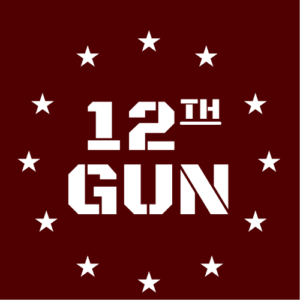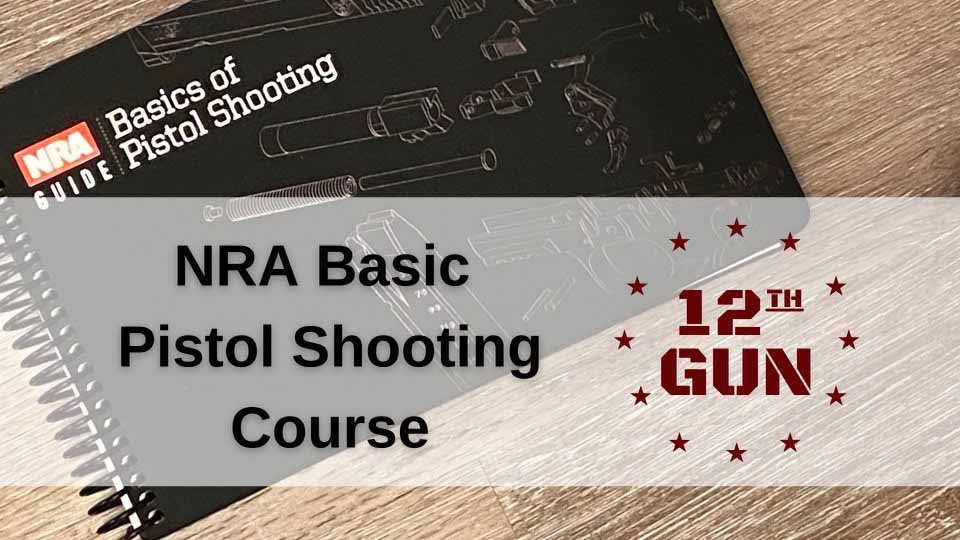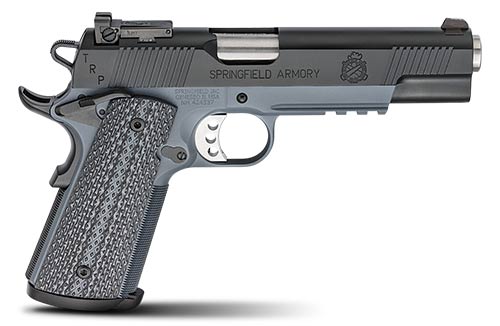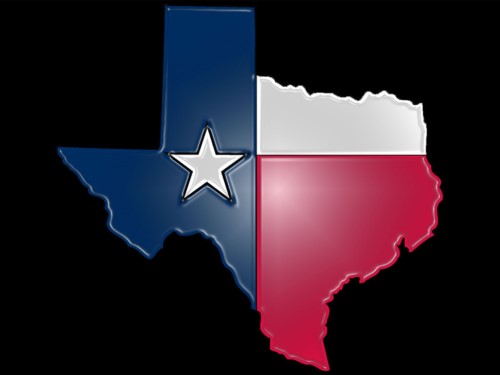Need Help Shooting Better?
Ever feel like you need help shooting better? It happens to all of us. We all get into funks. Just like everyone else, sometimes I get too comfortable and forget the basics. When I’m in one, the most helpful thing for me is going back to my firing sequence. Think of it as a mental checklist that you use before you send one downrange. I find that 96% of my issues can be fixed by just checking off the basics.
Back what seems like 100 years ago now, the Marine Corps taught me a basic firing sequence to use before every shot. As you would expect it came in the form of an acronym. This acronym applies really well in rifle fire (Especially long range rifle shots). It also adds value when you are slow fire training with pistols and can help build strong habits.
BRASS-S
BREATHE – I know what you might be thinking. “My Pap-paw always told me to hold my breath….” If he did maybe he didn’t tell you the rest of that process or maybe you didn’t hear it all. This is addressed further below so don’t get too mad yet. Your body needs oxygen to perform. What it also needs is to get rid of the carbon dioxide that you’ve changed oxygen into.
Ever play the hold your breath as long as you can game as a kid? Remember the shakes your body would get? That isn’t because you are lacking oxygen as much as your body is screaming to get rid of the CO2. Your body still has plenty of oxygen. Enough you can even give someone mouth to mouth and they can live. What you can’t do is keep that CO2 inside. Before you start to even think about shooting, take a bunch of deep breathes. Get extra oxygen in, but equally if not more important is get that CO2 out. A few deep breathes can really help to loosen up your body and mind a bit.
RELAX – You need to remember that tense muscles fight each other. They also use more oxygen which creates more CO2 which makes the shakes. You’re about to try and not just put some sights to a target. You are about to then pull a trigger and slam metal to metal and cause and explosion. After that explosion there will be a loud BANG! Then, there will be a massive concussion that you will have to control. All of this while trying to make a bean sized piece of lead hit something out in front of you. This is no simple task.
So, take a few seconds to picture what you are about to do. Remind yourself of all the things you are about to do. Think about not anticipating the recoil. Make a mental note about relaxing your body and muscles and getting into a well-supported stance. When you’re tight and tense, muscles pull back and forth. This can create inconsistencies in your shooting. Sometimes muscle A wins the battle and sometimes muscle B will get the best of the struggle. Try to get in a position that provides good bone support and get your mind right.
AIM – I have an entire article just on aiming your sights here. But there is more to this step than just that. This spot in the sequence almost needs a sub checklist of it’s own. There is a lot to take in on this section. Here I think about not just sight picture and sight alignment, but also grip, stance, and natural point of aim.
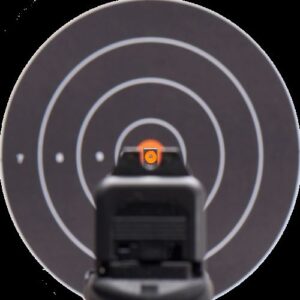
I have an article on grip here that can help with proper pistol grip. Make sure your stance or position is fundamentally correct. The most important thing you can do at this point is ensure you are at a natural point of aim! To check it is pretty simple. Aim in and then just close your eyes, take a deep breath, let it out and then open them back up. If you are not aimed in perfectly at the target you’re simply not there.
Not aimed in right? You just need to adjust your position or stance. Too high? Spread your feet a bit further in a pistol stance. If you’re in a rifle prone position push your elbows further out or close the spread of your feet. To far right or left adjust the cant of your feet. The main thing to understand here is simple. When you open your eyes after a deep breathe, if you’re not aimed in perfect, adjust accordingly. Then repeat until you can open them after breathing out and be on target.
STOP BREATHING – Ok to be fair, I said above to “not to hold your breath,” I didn’t say you couldn’t stop breathing. There is a big difference. So maybe, just maybe your Pap-paw was onto something and you just didn’t listen to the rest. Holding your breath is taking that big, huge breath in and then we go back to the CO2 shakes. Not what we want to do here.
We all have what is called a “natural respiratory pause”. It is at the bottom of an exhale. It is actually when most people talk. This is when you want to stop your breathing. It isn’t a forced exhale all the way to the bottom of your diaphragm, just a normal bottom pause. For about two seconds you naturally pause here. This is the most relaxed your body gets.
Even if you could take your shot with a deep breath in time, your diaphragm is tense in this position. That causes our muscles to fight like I mentioned in Relax. 12thGun pro tip – if you’re ever shooting and all of your shots are in a line up and down. You are breathing while you shoot, and your shot is breaking at different times. Start and finish your trigger pull on the natural respiratory pause only.
SLOWLY SQUEEZE THE TRIGGER – Ok, we are at our natural pause, we are aimed in, relaxed, and have plenty of oxygen and not a lot of CO2. I can’t stress this enough! Slowly squeeze your pistol and rifle triggers. You want a smooth and continuous pull. Also, concentrate on pulling it straight to the rear. If you’re having to fight your sights as you pull, then you’re not pulling straight back.
Adjust where your front pad of the trigger finger contacts the trigger. Find your Goldie lox zone until you can pull it straight back. Another thing to remember is only move your trigger finger. It is very natural to want to close all of your fingers when your pointer closes. Focus on only that finger moving and tightening to the rear. Closing or gripping the rest can tighten wrist muscles. Those fight forearm muscles. That is back to the relax part.
This should all still be done in the Natural Respiratory Pause. If you feel like you need to take a breath, that’s cool, just pause your trigger pull. Take your breath, let it out to the natural respiratory pause, then resume your trigger pull. You do not have to let go completely of the trigger and start over. Just pause it and then resume. Sometimes it’s even good to take a few breaths and keep it paused. Especially if you have a long or hard trigger break.
SURPRISE!!! – This is the final “S” and one of the most important steps. Every single time you hit the back of the trigger it should be a surprise. Shot anticipation is a big cause of missed shots. That recoil can cause even the biggest toughest guys and gals to flinch. It is natural so just make sure you aren’t anticipating it. Let it Surprise you!!! This will fix problems when you need help shooting better.
If you’ve followed all the steps of BRASS-S all the way through, then I promise you will shoot better. Take the time to prep before each shot and it will dramatically increase your accuracy.
If you’re looking to get better or want to get your Texas License to Carry, visit our online store.
Ya’ll stay safe out there.
